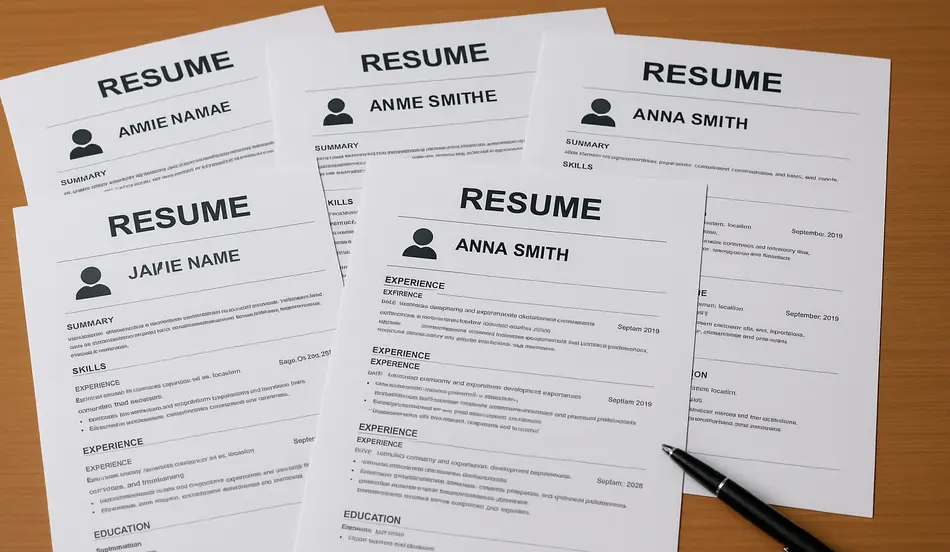In 2025, submitting a single resume for every job you apply to is like sending the same cover letter to every hiring manager—it feels lazy, looks generic, and rarely gets results. With Applicant Tracking Systems (ATS), AI-powered job matching, and highly competitive roles, customizing your resume is no longer optional.
This post explores why having multiple resume versions is a smart, strategic move in today’s job market, and how to do it effectively.
Why One Resume No Longer Works in 2025
Hiring has changed dramatically. Recruiters today rely on:
- AI-driven applicant screening tools
- Keyword filtering in ATS software
- Narrow job criteria that require direct matches
If your resume doesn’t reflect the exact requirements of the job, it may not even reach human eyes. A single, catch-all resume can’t cover all the nuances of different positions, especially if you’re applying across:
- Industries
- Job functions
- Seniority levels
- Work environments (remote, hybrid, in-office)
When You Should Use Multiple Resumes
Creating tailored resumes is ideal when you are:
- Applying to different types of roles (e.g., marketing strategist vs content manager)
- Switching industries (e.g., from retail to tech)
- Targeting remote jobs vs in-office roles
- Pursuing freelance vs full-time employment
- Transitioning to leadership positions
Examples: One Resume vs Tailored Resumes
General Resume:
“Experienced marketing professional skilled in content creation, SEO, and digital campaigns.”
Tailored for Content Manager Role:
“Content marketing specialist with 5+ years of experience managing editorial calendars, SEO strategy, and cross-platform storytelling for B2B SaaS brands.”
Tailored for SEO Strategist Role:
“SEO strategist with a proven track record in technical audits, keyword research, and backlink acquisition strategies that increased organic traffic by 72%.”
How to Manage Multiple Resume Versions
1. Start With a Master Resume
Include everything:
- All job experiences
- Certifications
- Skills and tools
- Projects and metrics
This acts as your internal database. You won’t send this version anywhere—it’s just for you.
2. Create Targeted Templates
Duplicate your master and build variations for:
- Specific job titles
- Industries (e.g., finance, healthcare, tech)
- Work settings (remote vs on-site)
3. Match Keywords to Job Descriptions
Paste job ads into tools like:
- Jobscan
- Resumeworded
- Teal HQ
Then edit your resume to reflect:
- Skills they mention repeatedly
- Software/tools they expect
- Certifications or degrees they require
4. Use Smart File Naming
Keep versions organized:
- Resume_JohnDoe_SEOSpecialist.pdf
- Resume_JohnDoe_ContentManager_Remote.pdf
- Resume_JohnDoe_Leadership_Track.pdf
5. Track What Works
Use a spreadsheet or job tracker to record:
- Which resume version was sent
- For which job title/company
- Interview results
Tools That Make Resume Versioning Easy
| Tool | Purpose |
|---|---|
| Teal HQ | Resume versioning + job tracker |
| Google Docs | Easy duplication and sharing |
| Canva Pro | Design multiple templates visually |
| Jobscan | Tailoring resume to job ad keywords |
| Rezi | ATS-friendly formatting |
Final Thoughts
You wouldn’t send the same proposal to five different clients—so why send the same resume to every job? In 2025, personalization is key. Having 2–3 highly focused resume versions will significantly improve your chances of getting past ATS filters and landing interviews.






